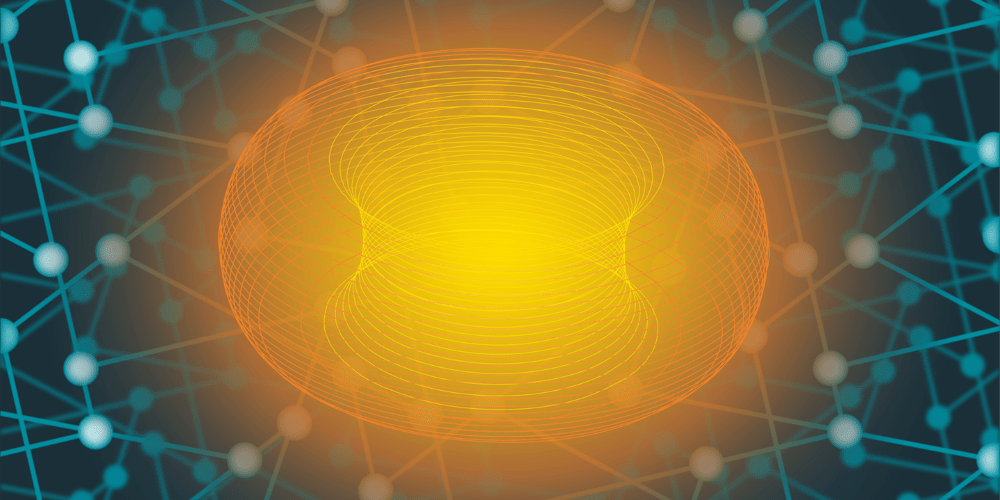The intricate dance of atoms fusing and releasing energy has fascinated scientists for decades. Now, human ingenuity and artificial intelligence are coming together at the U.S. Department of Energy’s (DOE’s) Princeton Plasma Physics Laboratory (PPPL) to solve one of humankind’s most pressing issues: generating clean, reliable energy from fusing plasma.
Unlike traditional computer code, machine learning — a type of artificially intelligent software — isn’t simply a list of instructions. Machine learning is software that can analyze data, infer relationships between features, learn from this new knowledge, and adapt. PPPL researchers believe this ability to learn and adapt could improve their control over fusion reactions in various ways. This includes perfecting the design of vessels surrounding the super-hot plasma, optimizing heating methods, and maintaining stable control of the reaction for increasingly long periods.
The Lab’s artificial intelligence research is already yielding significant results, published in two recent papers. The first paper, which was published in Nature, explained how the researchers used machine learning to avoid tearing instabilities, which can lead to plasma disruptions. The research team was led by Egemen Kolemen, associate professor of mechanical and aerospace engineering, jointly appointed with the Andlinger Center for Energy and the Environment and PPPL.
“There are instabilities in plasma that can lead to severe damage to the fusion device. We can’t have those in a commercial fusion vessel. Our work advances the field and shows that artificial intelligence could play an important role in managing fusion reactions going forward, avoiding instabilities while allowing the plasma to generate as much fusion energy as possible,” said Kolemen.


